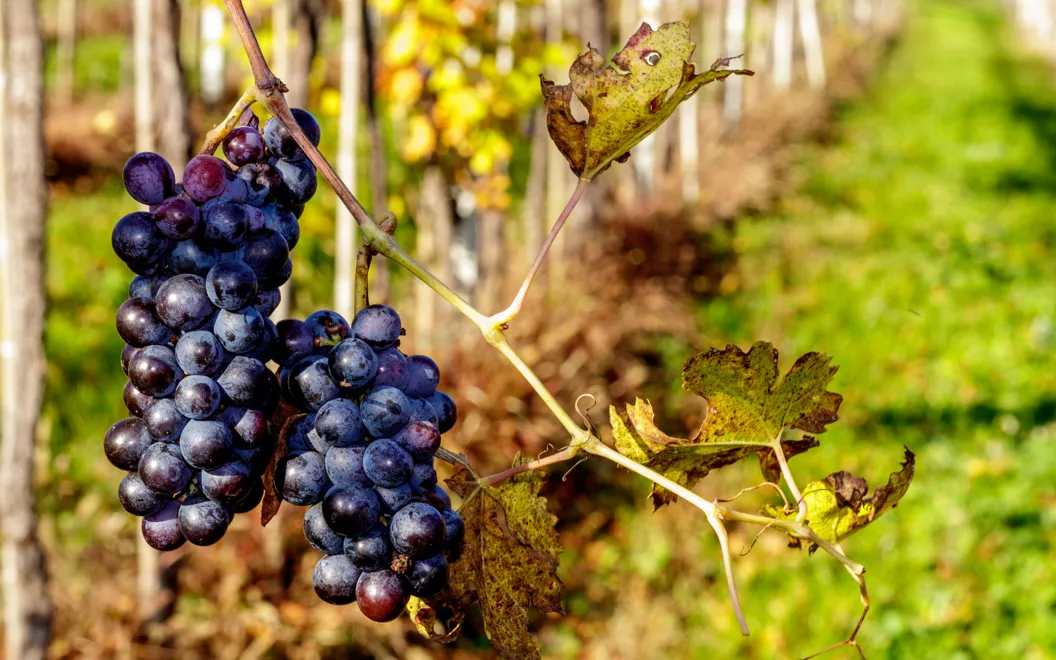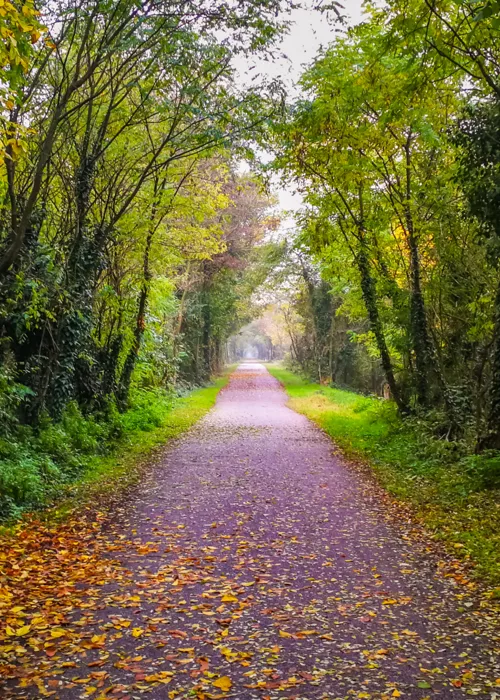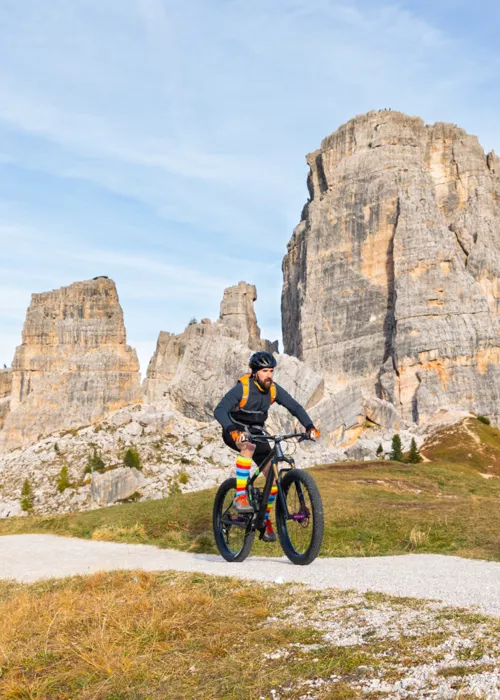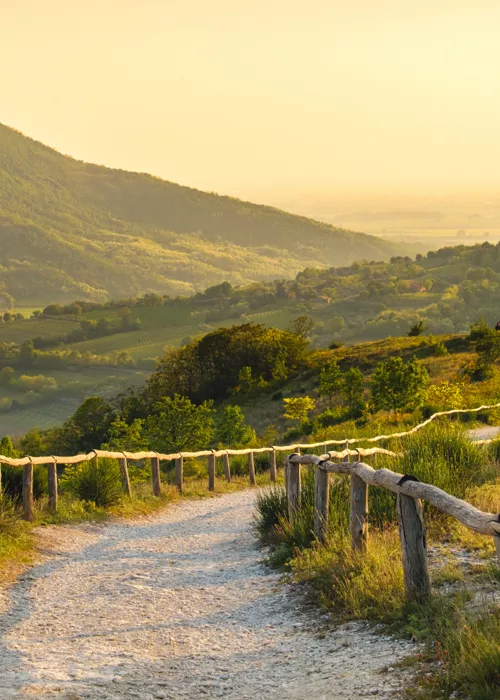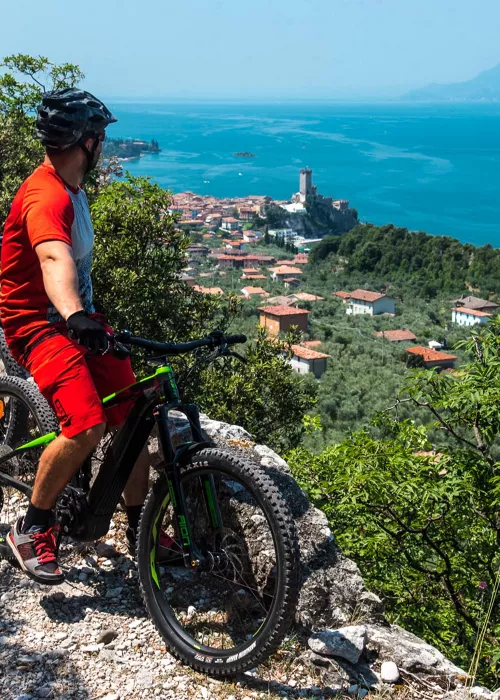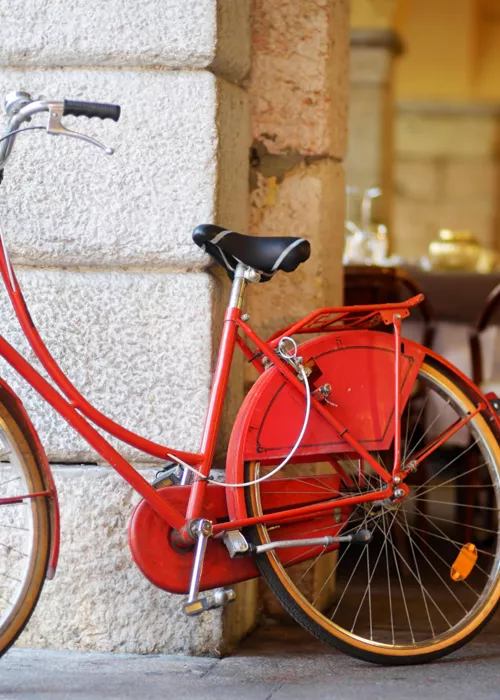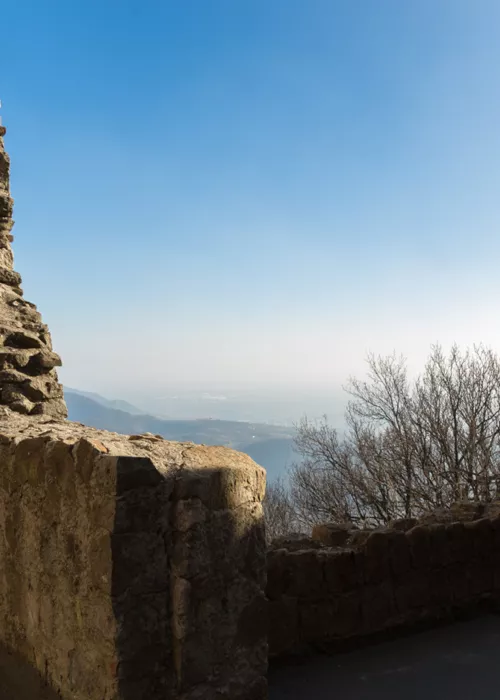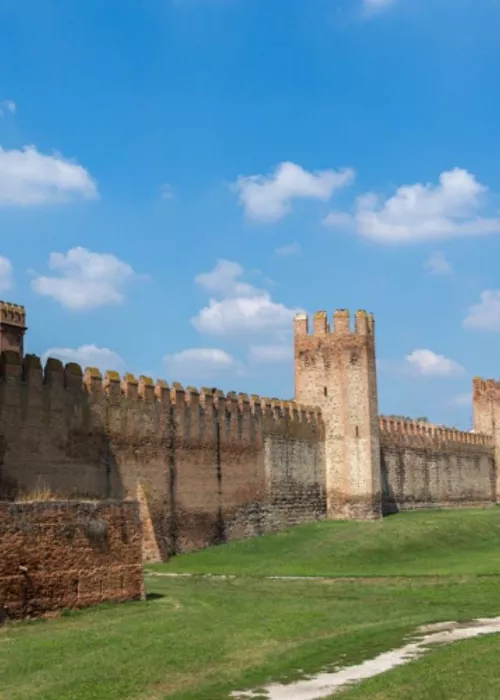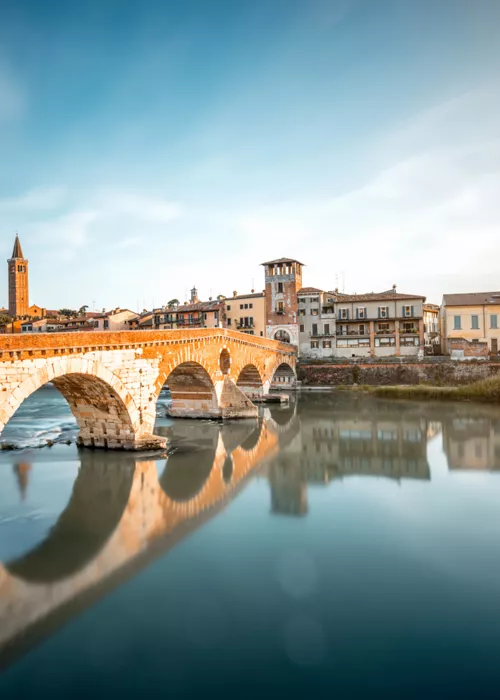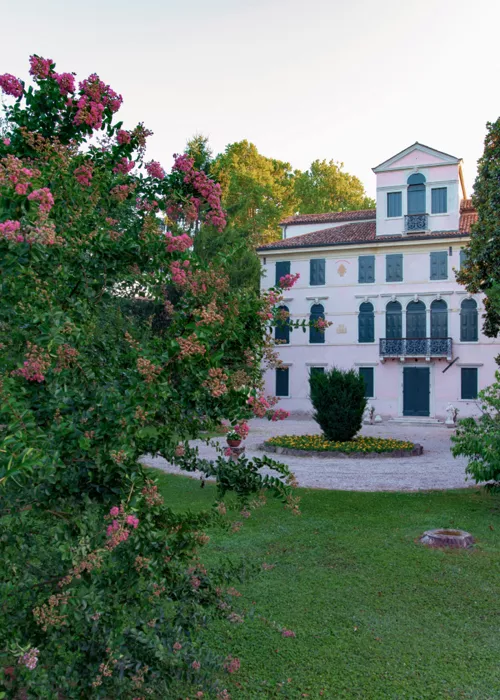Conegliano and Valdobbiadene: amid the Prosecco hills

Imagine a landscape of emerald-green hills dotted with villages built from stone houses, surrounded by rows of vines shrouded in the morning mist and kissed by the sun. Where nature reigns in harmony with human viticulture. It's a scene that's best appreciated with a glass of Prosecco Conegliano Valdobbiadene DOCG, one of Italy's most popular fine wines, made from the Glera grape, a variety that dates back to Ancient Rome. With its tantalising perlage, freshness and versatility, Prosecco has conquered palates all over the world and has contributed to the recognition of this territory as a UNESCO World Heritage Site. The pearl of excellence of this denomination is Cartizze, a 107-hectare cru in the heart of the wine-growing area. Here, the microclimate and privileged position result in the finest and most exquisite Prosecco, which on the nose gives notes of acacia, pear and ripe peach and captivates with a delicate fizz. You can experience these sensory delights by visiting the wine trails that take you as far as Treviso, including the medieval castle of Conegliano and the Molinetto della Croda, an ancient water mill that tells the story of rural life in this area. The little town has a relaxing atmosphere and is framed by an ancient city wall. There are picturesque canals, stone bridges and quiet narrow streets leading to the Cathedral with its early Renaissance interiors and the Gothic church of St Nichola
Padua and the Euganean Hills

Our wine tour through Veneto continues towards the volcanic hills to the south-west of Padua, dotted with monasteries, abbeys and atmospheric medieval villages like Arquà Petrarca, refuge of the poet Petrarch, and the old spa resorts of Abano and Montegrotto. This is the land of Colli Euganei Fior d'Arancio, whose name refers to the typical notes of zagara (orange flower), blended with hints of peach, apricot and sometimes honey to give a fruity, floral flavour that bewitches the nose even before the palate. The hero grape is the Yellow Muscat, which features in every bottle, from the complexity of the dry wine to the fresh and fragrant sparkling wine and the mellow, persistent finish of the 'passito'. Between one tasting and another, be sure to take the opportunity to visit Padua, a treasure trove of art where the ancient communicates with the modern-day, and the green space of Prato della Valle coexists alongside the ancient Roman walls and the evocative historical buildings dotted around the city. Sights to see include the Scrovegni Chapel, famous for the extraordinary frescoes by Giotto and considered a masterpiece of Western art; the Basilica of St Anthony which is a mix of Romanesque, Gothic and Byzantine and houses the relics of the city's patron saint; the Botanical Gardens and the University, the nerve centre of this city, which also has many historic cafés.
The Soave: stories of knights and great wines

The third stop on this itinerary brings us to the hills east of Verona, dominated by the ancient Soave Castle, a medieval fortress whose towers and curtain walls take you on a journey back in time. These valleys are decorated with over 6,600 hectares of vineyards - an area so vast that Soave is considered Europe's largest vineyard. This is particularly good wine-growing territory thanks to the volcanic soil, which has centuries of enological tradition behind it. Soave Doc, made from Garganega grapes and with tropical notes and a characteristic almond finish, is famous for its elegant and delicate character. The Riserva version is more complex, as it is aged for at least two years, while the mellow flavour of the Recioto di Soave is also very impressive. The name, which comes from the Venetian dialectal word "recia", or "ear", refers to the traditional practice of taking the top clusters from the bunches of wilted grapes, which contain a concentration of sugars and flavours. The result is a wine with intense notes of candied fruit and honey, where the sweetness is balanced by the pleasantly acidic Garganega and the mineral content from the volcanic soil.
All the nuances of Valpolicella

Our tour continues to Verona, which enchants visitors with the romantic atmosphere created by the balcony of Romeo and Juliet, in Piazza delle Erbe . For a breathtaking view of the ancient buildings and the river Adige, climb the 368 steps of the Torre dei Lamberti. Just outside the city, a mosaic pattern of gently-rolling hillsides between Lake Garda and the Lessini mountains create the perfect conditions for Veneto's red wine production - as well as an incredibly beautiful landscape. We come to the Valpolicella region to discover Amarone, which is made by drying Corvina, Corvinone and Rondinella grapes in drying lofts for several months; they are then pressed and left to age in oak for up to ten years. Legend has it that this intense, elegant wine, which ages so beautifully, was the result of a forgotten bottle, left for longer than the optimal ageing period. It had lost its sweetness but still retained a dry and mellow flavour. Whatever its origin, Amarone has seduced wine drinkers worldwide with its opulent character, velvety texture and bouquet of spices, liquorice and tobacco, which make it a dry, unusual and unique wine. But Valpolicella is also the cradle of Recioto, the milder brother of Amarone, obtained from the same grape. It represents the oldest winemaking tradition, maintaining residual sugars obtained from the interruption of fermentation. This is a meditation wine, rich and drinkable but never cloying, with hints of jam, chocolate and liqueur cherries. To complete the triad we have Valpolicella Classico, the lightest and liveliest of the three. It is made from the same grapes but without withering, so it maintains a brilliant ruby-red colour with mild tannins, a lower alcohol content and a stronger hint of forest fruits on the nose. From the rich and enveloping Amarone to the sweet and seductive Recioto and the vibrancy of Valpolicella Classico, each of these wines represents a different facet of this region, so full of treasures to discover. Opportunities for excursions include the Molina waterfall, Renaissance palaces such as Villa della Torre or Villa Mosconi Bertani and of course the shores of Lake Garda, where you can enjoy a walk along the lakeside or a stroll through the picturesque villages.


